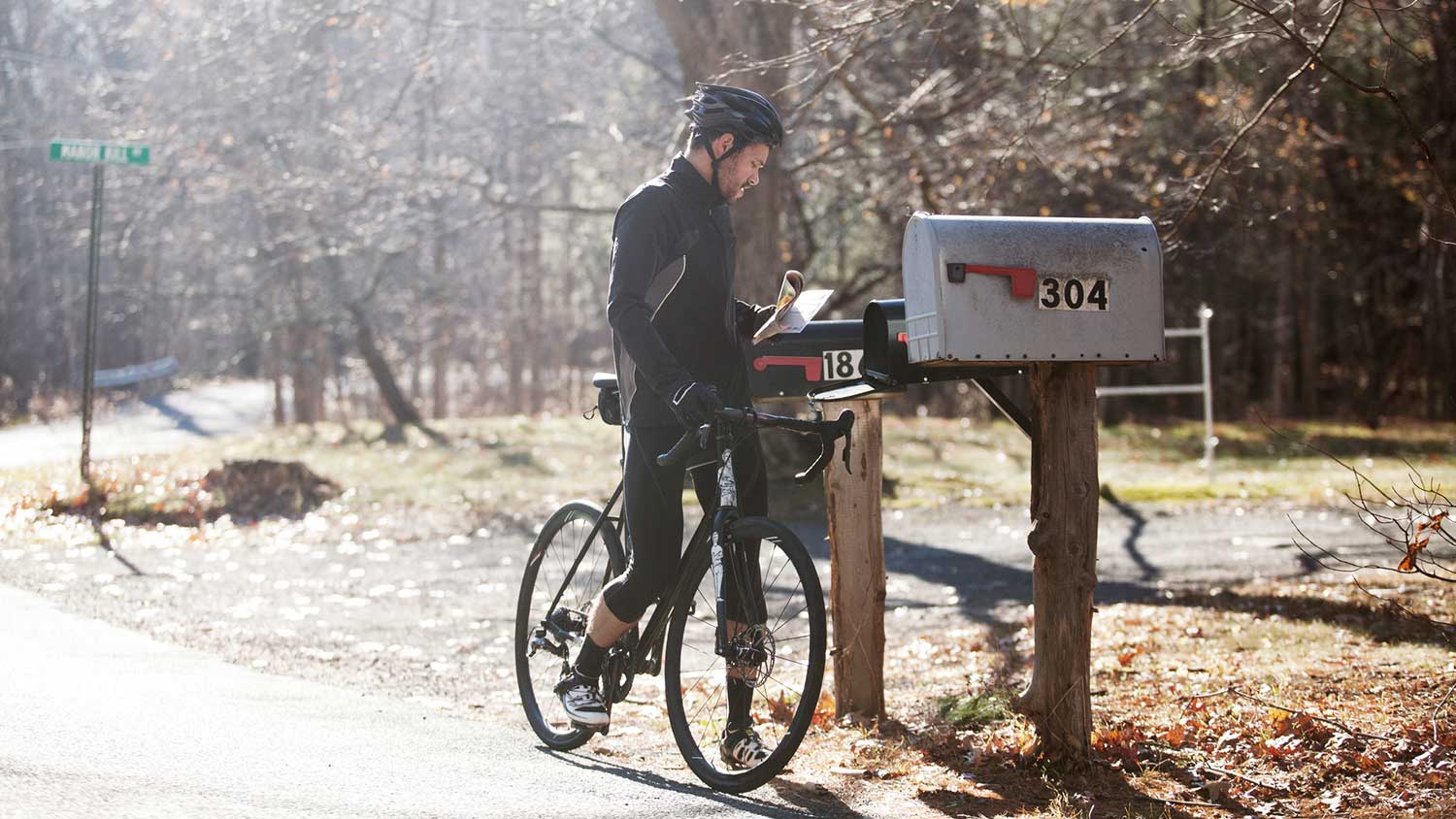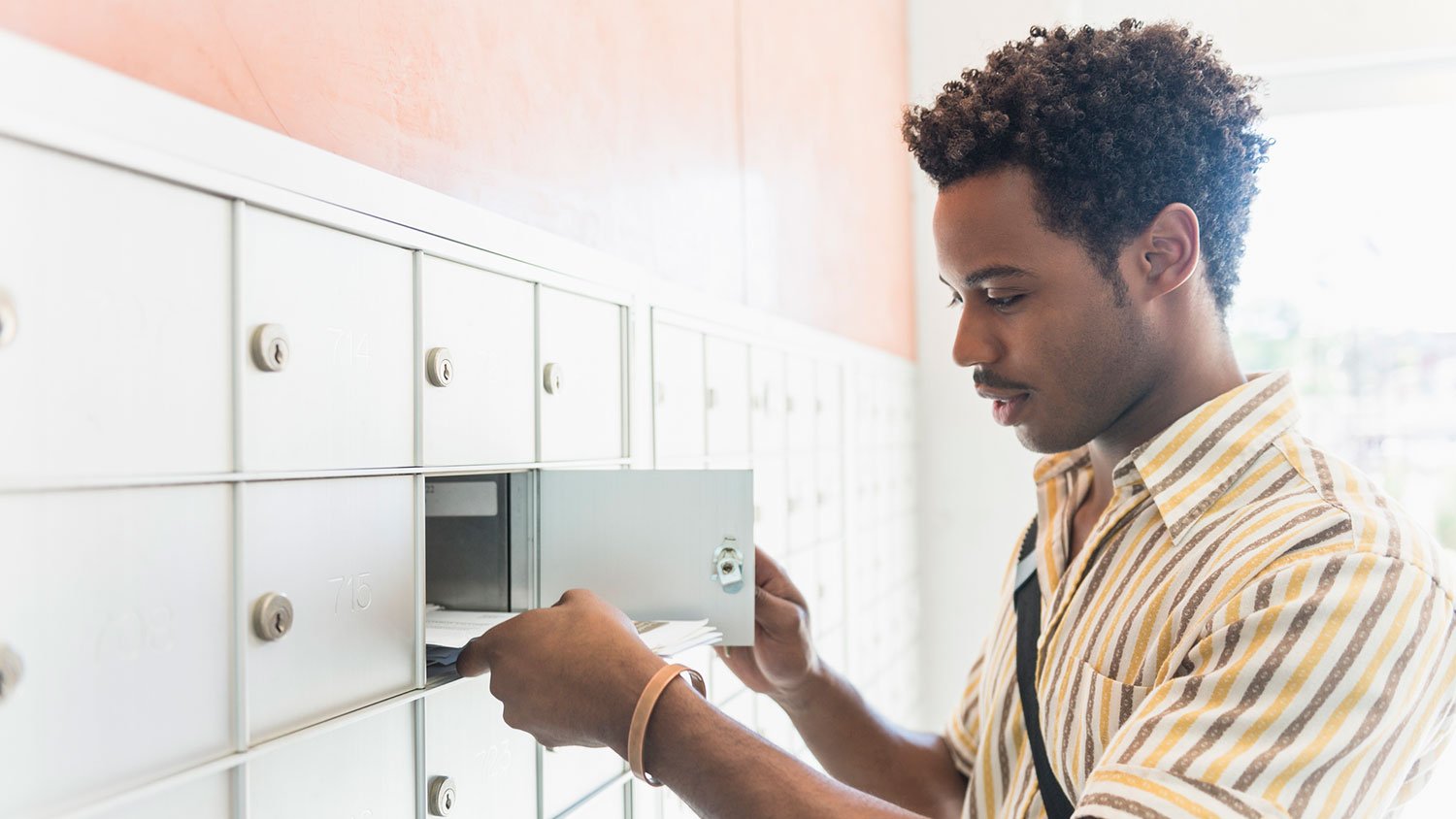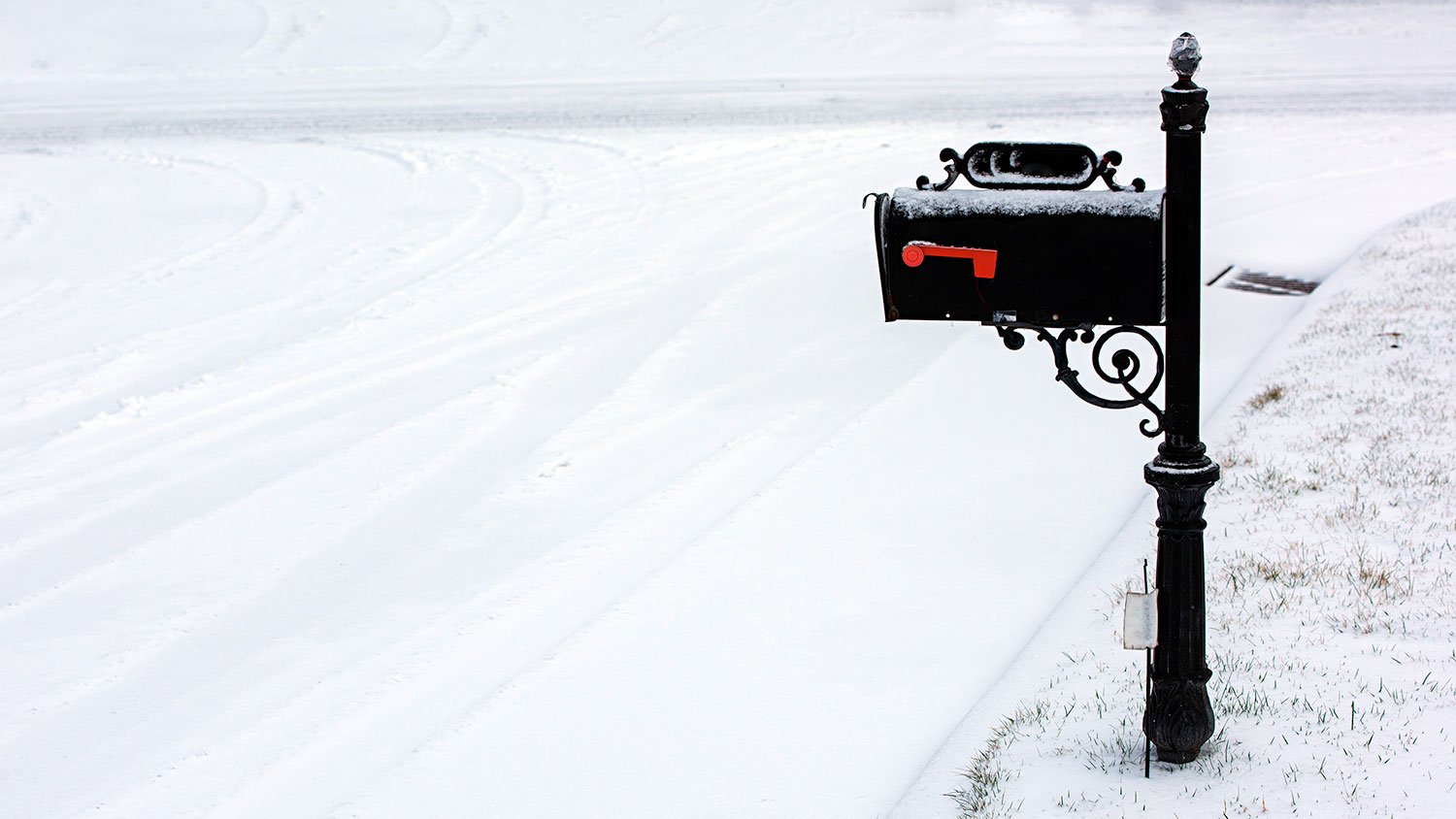Receive Your Mail in Style With 17 Types of Mailboxes to Choose From
Choosing between mailboxes is a mishmash of style, functionality, and protection


Your mailbox is one of the first things someone encounters when they pull up to your home and it’s one of the first home projects you can tackle when you move in. Narrowing down the right mailbox depends on the type of home you live in, how you prefer to secure your mail, and your sense of style. This guide outlines each type of mailbox and the materials and functionalities you’ll want to consider.
Don’t forget to look into local ordinances, as certain areas might require a mailbox while other areas don’t allow them—in which case you’ll need to opt for a mail slot instead.
8 Types of Mailboxes
Mailboxes can range from your standard metal mailbox you see in the front yard (and you may remember they’re hot to the touch on a sunny day) to apartment mailbox clusters. You can’t always choose your mailbox, as local municipalities work with the USPS to figure out how to keep everything moving and efficient.
1. Post-Mounted Mailbox

Post-mounted mailboxes are a simple, functional option made of metal, wood, or plastic. They’re bolted onto a wooden or metal post, with only the one opening for receiving and retrieving your mail. The posts are buried in the ground and usually have concrete poured on them so they stay in place during wind and rain or when your neighbors forget to check their rearview mirror when pulling out of the driveway.
2. Mail Slots
Mail slots are more common in older homes, large cities, or areas with small roads that the mail carrier can’t effectively drive through. The mail slot is typically located either on the front exterior door or it’s built into the wall and dumps into a room in the home. You may also find them at the entrances to courtyards, but you’ll need to stay on top of when the mail arrives so that surprise rain doesn’t ruin your mail.
3. Wall-Mounted Mailboxes

Wall-mounted mailboxes are exactly where you’d expect to find them: on the wall. Wall-mounted mailboxes are excellent for catching mail and smaller parcels, but they often lack an outgoing mail slot, meaning you’ll need to run to the post office or a mail collection box for any outgoing mail.
4. Collection Mailbox
A collection mailbox looks very similar to a post-mounted mailbox, with the expectation of how you retrieve your mail. While most post-mounted mailboxes have a door that opens and closes, the front of a collection mailbox has a slot for mail. You then retrieve your mail from the back of the box, making this option ideal for those who live on busy roads and prefer to stay on the side of the box facing the house.
5. Cluster Mailboxes

Cluster mailboxes are often found in townhouse communities, duplexes, or other multi-unit homes. You’ll find cluster mailboxes are often wall-mounted or post-mounted, with each building having its own cluster and each unit having an individual slot. Unfortunately, you’re not likely to have any other option, though you may petition the homeowner’s association (HOA) or property management for new paint or customized individual units.
6. Freestanding Mailboxes
You’re likely to find freestanding mailboxes in modern homes or at businesses, as they can also double as a buzzer if someone needs to enter through a gate. Freestanding mailboxes usually have a buzzer at the very top, followed by an incoming mailbox, an outgoing mail slot, and then a large package mailbox. These mailboxes are quite heavy, and you’ll need a mailbox installer near you to ensure it’s stable.
7. Package Drop Boxes
Package drop-off boxes aren’t only for businesses. If you want to ensure your packages arrive safely and don’t want to worry about porch pirates or a sudden downpour, then it’s smart to invest in one, especially if you have packages coming often. You may also want a package dropbox if you receive a lot of mail at a time, whether it's for business or if you simply have a lot of friends and family that love to send you postcards.
8. Novelty Mailboxes
Novelty mailboxes give your home a little extra personality. These mailboxes can range from an ornate replica of your home to a fun dinosaur mouth that “eats” your mail as it’s delivered. For a one of a kind look, you may want to build your own custom mailbox.
3 Mailbox Materials
Depending on weather conditions and your own personal aesthetic, you can customize your mailbox to fit your desire. Keep in mind that you can technically build a mailbox with all sorts of different materials, but the opening for your mail will likely fall into one of these three categories.
1. Wooden Mailboxes
Wooden mailboxes are perfect for adding rustic or farmhouse vibes to your curb appeal. They’re often wall-mounted, as they tend to fair the worst when it comes to weather. Keep on top of staining and sealing your mailbox every year or so to avoid wood rot, termites, and weather damage.
2. Plastic Mailboxes
Plastic mailboxes are perfect for the majority of homeowners. They hold up for years against the elements and are easily painted to any color you see fit. The largest issue homeowners note with plastic mailboxes is often their design, as they tend to stand out.
3. Metal Mailboxes

Metal mailboxes are a classic choice for protecting mail and packages. They hold up well in extreme climates, and you can often find custom-made metal mailboxes that match your home’s aesthetic. Keep in mind that these can be really hot and really cold in extreme temperatures, so please be careful when opening them.
6 Mailbox Functions
1. Locking Mailboxes
Whether it's because you have a history of packages going missing or you like the security they provide, locking mailboxes are convenient for a wide variety of homeowners. These mailboxes don’t require the mail carrier to have a specific key or code, as there’s a slot for all incoming mail. You then use your key to open up and retrieve your letters. However, these mailboxes aren’t ideal for packages, and it’s likely you won’t have an outgoing slot either.
2. Rear Access Mailboxes

Rear access mailboxes of any kind are often for safety measures. You’ll find these mailboxes on busy roads or even in homes with small children, as it allows everyone to retrieve their mail safely. Although this does leave another opening for rain or snow to come in or for someone walking by to quickly grab your mail or package and go.
3. Newspaper Mailboxes
While you rarely see newspaper kids riding their bikes along their routes nowadays, that doesn’t mean newspapers have gone out of style. Many homeowners still like to read the paper for local news and deals and might have a specific newspaper mailbox installed as well. These mailboxes often have a much larger incoming mail slot so the mailbox can accommodate the larger size of the newspaper.
4. Outgoing Mailboxes
Some homeowners who have locking mailboxes or mail slots need an area for outgoing mail so they’re not always running up to the post office or nearest drop-box. You’ll want to make sure the outgoing mailbox is allowed by your local USPS and that it’s installed in an obvious spot where your mail carrier can easily access it.
5. Anti-Pry Mailboxes
Anti-pry mailboxes are some of the hardest to break into. If someone wants to get into this mailbox, they’re going to need to remove the entire mailbox and take a handheld metal saw to it. If you’re constantly on the go or know your packages often go missing, consider an anti-pry mailbox.
6. Interlocking Mailboxes
It feels pretty crummy when you get home from a long day at work and notice the mailbox door is open and your mail is now soaked from the rain or snow. Interlocking mailboxes are your solution then, as these mailboxes have latches that hook onto the doors to prevent them from opening. While this doesn’t eliminate human error, it does help handle loose doors that never seem to stay closed.




















